Photos courtesy of Tahereh Sheerazie.
This past week, Pasadena received (“received” as in a blessing) 8.1 inches of rain. According to the local paper, that is 40% of our average seasonal rainfall. A representative from the City reported as of last Wednesday that there were a few “trees compromised … and a few small power outages” but that is all. Arlington Garden’s trails flooded, of course, but that went according to plan – more on that topic below.
The detrimental effects of rain showed up less in Pasadena than other areas. Woodland Hills, for instance, was soaked with 12.6 inches of rain. That neighborhood has become used to extremes. In the summer of 2020, it reached an appallingly hot 121 degrees F. Your editor was driving to the beach that day through Woodland Hills and remembers feeling a crawling unease when he looked at the dashboard thermometer.
Woodland Hills is a stress point where the climate changes of the past decade are felt especially keenly – but Pasadena is not immune. As the planet continues to warm, forecasts show Southern California will have increasingly volatile weather patterns. The fall and spring seasons will have fewer precipitation events, but the storms are likely to be much larger, bringing curtains – rather than showers – of rain, like this storm.
In fact, the seesaw between warm and dry and wet explains why the total amount of precipitation we receive is predicted to remain (roughly) the same, even while the region will become more arid overall. More precipitation all at once runs off into the ocean, and higher temperatures increase evaporation, drying out the soil. The higher temperatures also mean that more precipitation will fall as rain, rather than snow, decreasing the snowpack, and thereby decreasing the water in streams and aqueducts over the long summer.
THE GARDEN
If you have read these letters, you have probably heard that Arlington Garden is a climate change garden. More concretely, we are a garden built to preserve our unique southern Californian landscape against inevitable warming and extreme weather.
How are we doing this?
Firstly, you may notice that the garden is especially lush and beautiful right now with wildflowers in bloom. We look like this in the depths of winter for the same reason that the hillsides of the San Gabriel Mountains are green. We grow mediterranean climate plants, including many California native species, adapted to climates with dry summers and mild, wet winters. Plants that grow in these climates often (although not always – our native Western Sycamore is an exception) enter active growth in the fall and go to sleep in the summer. This is the reverse of many American landscaping notables like roses, sunflowers, and maples.
One benefit of growing mediterranean plants is that they need most of their annual water in the winter months, when it is more readily available in Southern California and we have major precipitation events to supply it.
Secondly, the garden is designed with twisting trails, berms, and plant-filled basins (“bioswales”) to trap rainwater as it flows down the slope. We mulch our soil heavily, creating a spongy top layer that can absorb even more water. By keeping rainwater on site, we reduce the amount of water we need from Pasadena Water and Power and help recharge the local aquifer, an important water source for our local community.
In this recent storm, the garden’s trails and bioswales flooded upstream of the berms, as they were designed. The water was slowed, and then finally captured in the grassy area at the bottom of the slope. This area (our seasonal wetland) transforms into a shallow pond following the storms.
Thirdly, we plant species that can handle higher temperatures and support native wildlife. Many of the species we plant are California natives, which provide food and shelter for native birds, insects, and other animals. To prepare for a warmer and dryer future, we have been adding species from slightly warmer and more arid regions of California to our plantings like jojoba and brittlebush.
Fourthly, we use regenerative gardening practices that help sequester carbon in the soil! By increasing the health and biodiversity of the soil (for example, by reducing digging, composting pulled weeds and cuttings on site, and growing many perennials), we can increase the amount of carbon locked in the plants and soil!
WINTER TASKS
Winter is one of the most active times for the community of gardeners at Arlington.
- In December, we harvested our orange trees and sent the fruits to be brewed into marmalade at legacy business E. Waldo Ward & Son in Sierra Madre.
- In December and February, we pruned and cut back the field of overgrown grasses and juncus species on the west side of the garden along S. Pasadena Ave. We also removed around 10 citrus trees that had been struggling since the wet winter last year – in the open space you will now find a blousy assortment of native grasses and sedges.
- Since the start of the rainy season, we have planted around 300 new native plants in the garden. Along with new grasses, we planted a hedgerow of native shrubs along the western periphery of the garden including toyon, ceanothus, and flannel bush. We have sown thousands of wildflowers that visitors can expect to see in splendid eruption later in the season.
- According to our head gardener Tahereh Sheerazie, the garden handled the winter rains better this year than last year. In part, this is because we built additional berms earlier in 2023 in key areas. The creation of these new berms decreased the speed of water running down the slope and allowed it to sink into the ground before flowing out into the street and towards the ocean.
Looking ahead at 2024, we are hoping to redesign the “desert garden” section, plant a new micro shrub-forest along Arlington Dr. and install a new community gathering table made from the beloved oak that was lost to disease and beetles last year. We look forward to seeing you around the garden this winter enjoying our mediterranean season of growth!

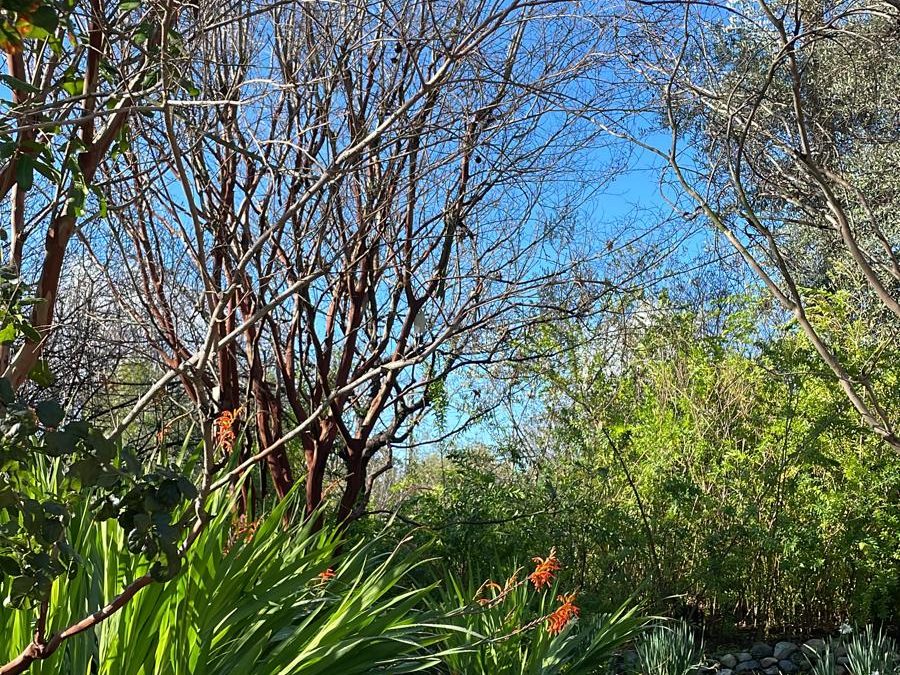
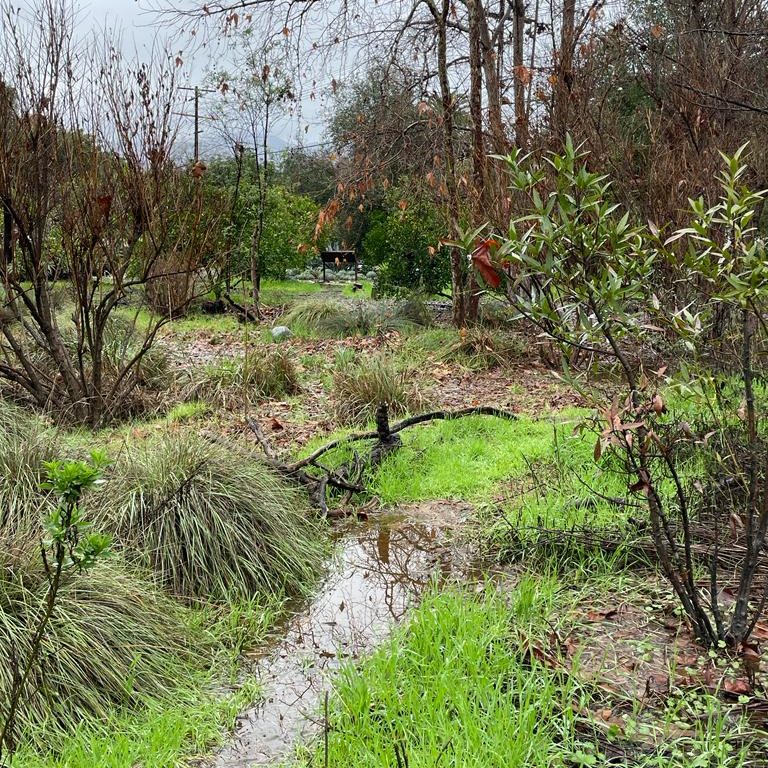
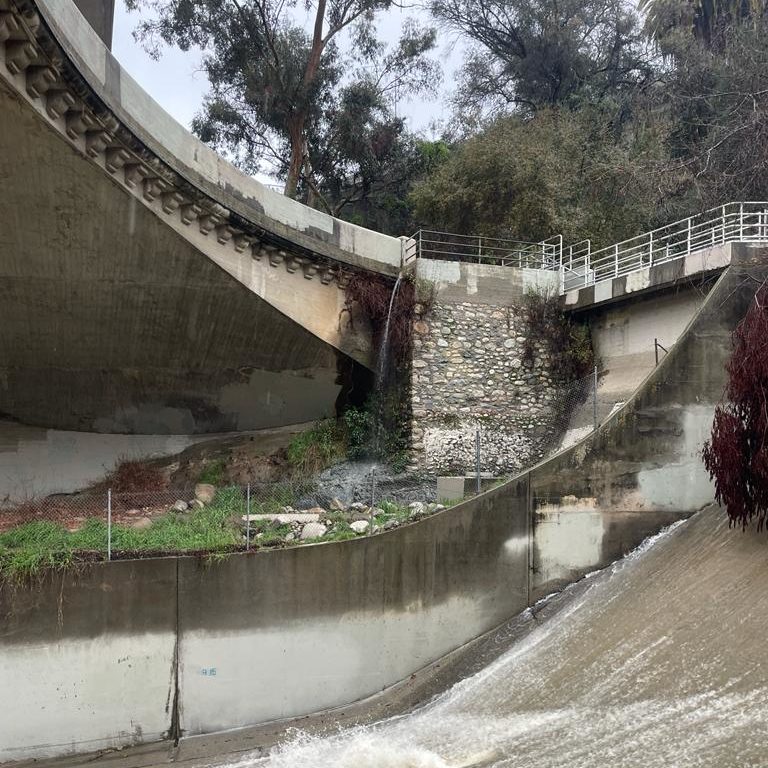
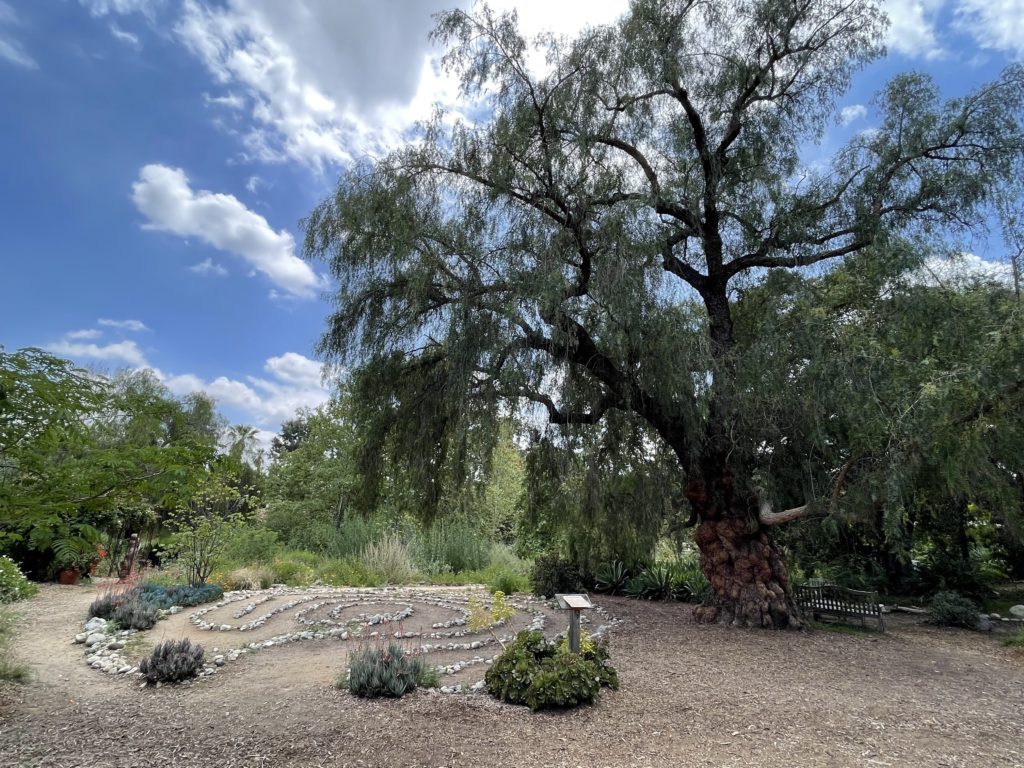
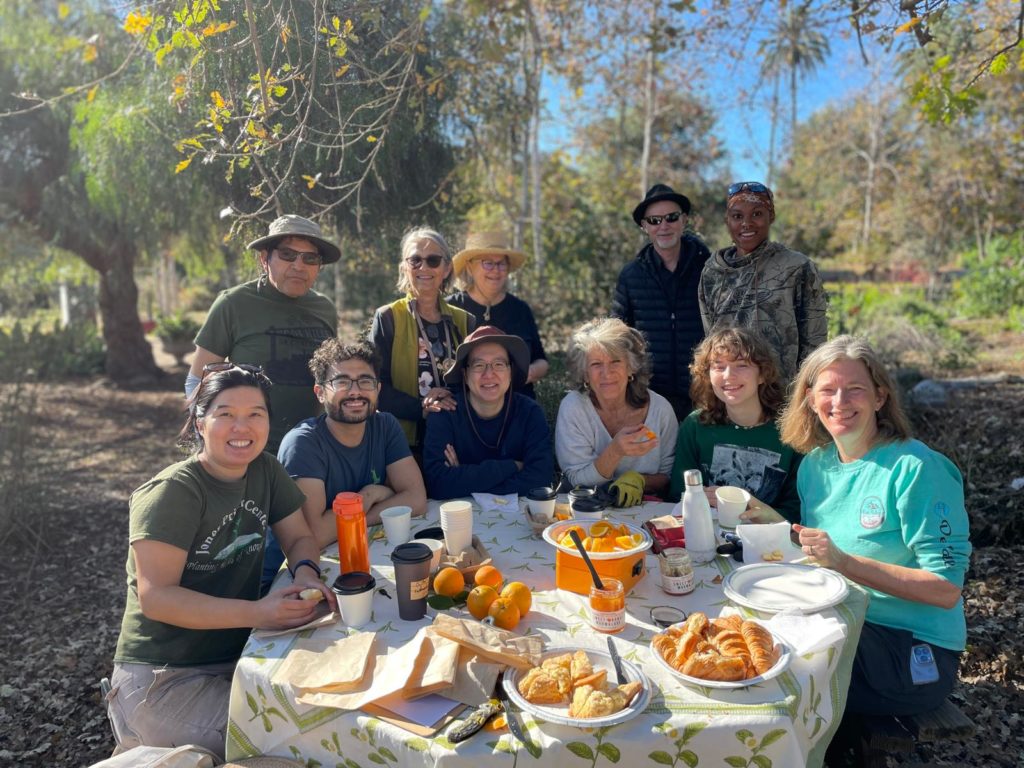

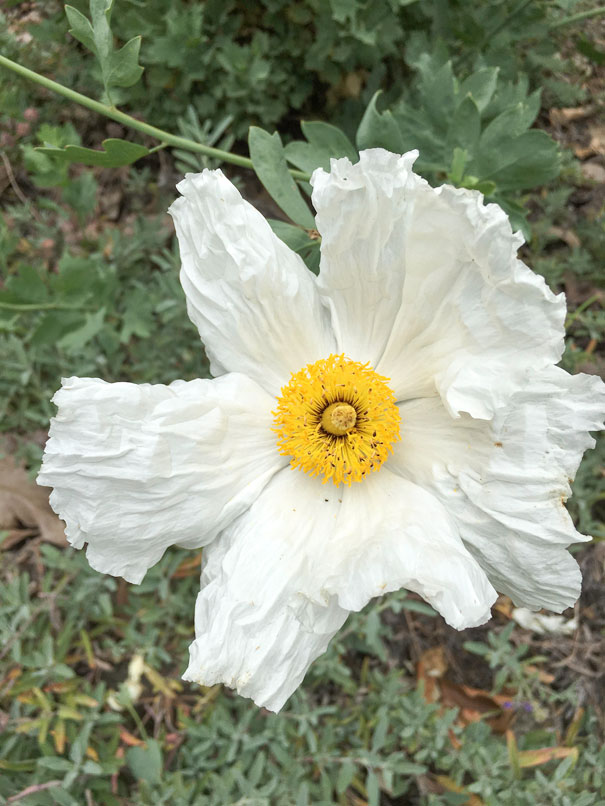
Recent Comments